Books have a fantastic way of transporting the reader to a world and time other than their own. Whilst some stories take place in locations that we consider familiar, many manage to portray images of places, cultures and eras around the planet so vividly that they take us to lands that are totally foreign. During times when the prospect of travel becomes impossible, books like these can become a restless traveller’s saving grace. From the comfort of your sofa you can be taken to the wild plains of Africa, the colourful clamour of South America’s colonial cities or the fascinating past of Eastern Europe, with the turn of a page. We have compiled a list of books, both fictional and factual, that are perfect for both feeding the imagination and sparking the inspiration for travellers everywhere.
Browse through our list of literary works that inspire travel, select a region of your choice, lose yourself in the book of your choice and prepare to be delivered across the globe.
South America
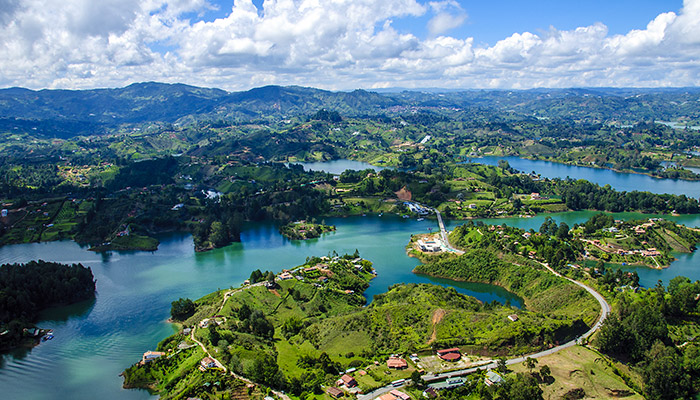
One Hundred Years of Solitude, Gabriel Garcia Marquez (Colombia)
Perhaps a somewhat ironic title for those stuck inside with little to do, but the storyline of Gabriel Garcia Marquez’s surrealist masterpiece is anything but restrictive. Set in the fictional colonial town of Macondo in Colombia, the country of Marquez’s birth, the story follows multiple generations of the Buendia family and the fantastical events that befall them through times of happiness and strife. Deemed the birth of magical realism, the book is spectacularly written and at times utterly bizarre.
The way of life in a colonial town in rural Colombia is almost tangible through the fantastic writing of arguably Colombia’s greatest literary genius. Said to have been based on Marquez’s home town of Aracataca, near Cartagena, the novel follows Macondo’s decline during the century following colonial Colombia and the mirrored decline of one of its greatest families. Rich with potent symbolism, Gabriel Garcia Marquez’s book manages to capture the lively character of Colombian life like no other.
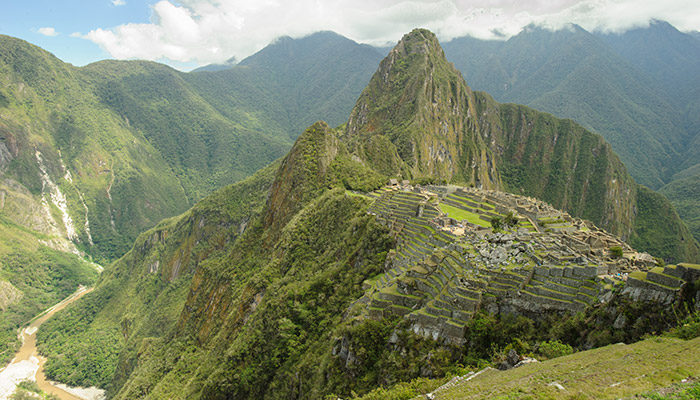
The Motorcycle Diaries, Che Guevara (South America and Central America)
An epic tale of travel and self discovery, written by one of the most iconic political figures in the history of Latin America. The Motorcycle Diaries follows Che Guevara’s journey with friend Alberto Granado as they voyage from Buenos Aires to the USA via Chile, Bolivia, Peru and Colombia. Their journey takes them from the rugged terrain of Patagonia to Machu Picchu and the sacred land of the Incas, meeting everything from helpless lepers to forgotten indigenous peoples en route. The journey is what would eventually spark a passion inside Guevara that led to his role in the Cuban Revolution.
The tale of the incredible trip taken by the duo tells of their experiences on the road, both enlightening and devastating, as the author encourages the reader to travel the world and converse with its people with both an open mind and an open heart. Encountering some of the most incredible locations across South America, the book both celebrates the continent’s unique beauty and encourages a certain attitude to take when travelling.
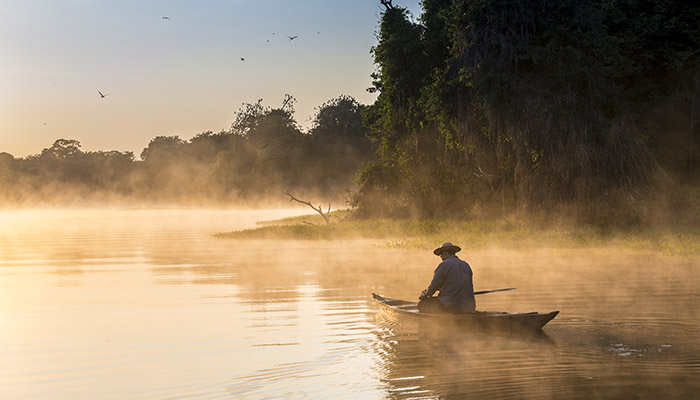
The Lost City of Z, David Grann (Amazon Jungle)
The fascinating true tale of one of the greatest explorers of the early 20th century, Colonel Percy Fawcett, and his quest to discover a city lost to the gnarled roots and dense thicket of the Amazon Rainforest. Through research that he himself undertook during his own Amazonian expedition, Grann’s novel attempts to uncover the mystery of Fawcett’s disappearance and the city that he was attempting to discover, which he codenamed Z.
Inspired by one of the last true stories of pioneering exploration, the novel accurately depicts the violent wilderness of the Amazon and the jungle’s curious mysteries that still remain today. The Lost City of Z is a must read for anyone intrigued by either the Amazon’s wild depths or the myths that developed from the Spanish colonisation of Latin America. The book will give those with an adventurous spirit a desire to delve into the jungle’s deepest reaches themselves, heading as far from the beaten track as our planet will allow.
Central America
Like Water for Chocolate, Laura Esquivel (Mexico)
A story of forbidden love set in rural Mexico, Laura Esquivel’s novel is a tribute not only to the passionate flair of the country’s people, but also the importance of delicious food within their society. The story follows Tita, a young woman who must come to terms with the family tradition of the youngest daughter having to care for her mother until the day of her death, in spite of the feelings that she has for her lover, Pedro. Taking place over 12 chapters – one for each month of the year – the novel centres around Tita’s passion for cooking, with each chapter starting with a traditional Mexican recipe.
With elements of magical realism that see the story poetically alter its course in unforeseeable ways, the book is a beautifully written tale of forbidden love with underlying themes of passion, growth and of course food. Whilst it may not encourage the reader to explore a particular place in Mexico, the theme of all things Mexican cuisine is sure to have your mouth watering and gut yearning to sample some of the country’s classic recipes.
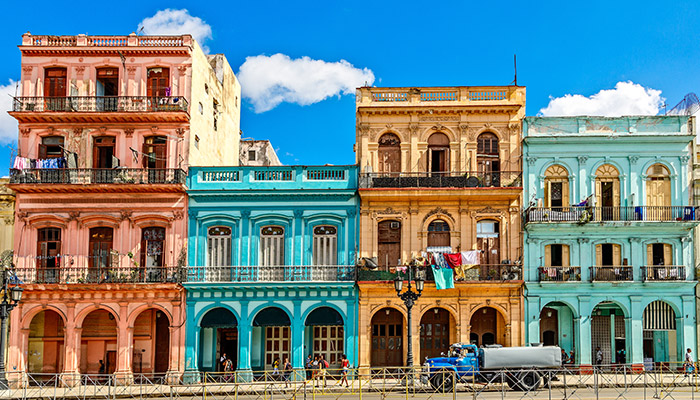
Our Man in Havana, Graham Greene (Cuba)
A comedic spy novel may not be the first genre that springs to mind when considering stories that inspire travel, but Graham Greene’s iconic Our Man in Havana provides a vivid picture of Cuba’s capital and the lifestyle that went with it during the 1950s. Following the story of vacuum salesman James Wormold, who is erroneously hired as a spy by MI6 during the Cold War. Exploiting the foolish British agents to make some money, Wormold creates a fictional spy network to keep him in their employment, leading to a muddled game of cat and mouse.
Despite being published in 1958, the Havana that Greene describes remains very much the same to this very day, with many of the locations mentioned still very much intact. Whilst comedic, the novel does create a sense of unease under the surface that existed during the era and helps one gain some perspective on not only the physical makeup of Havana but also the history that has seen it become the city that it is today. Those that truly enjoy the book can even visit some of the traditional bars described by Greene as they wander the colourful, crumbling streets of the capital.
Under the Volcano, Malcolm Lowry (Mexico)
Set a short distance to the south of Mexico City in the colonial city of Cuernavaca, Malcolm Lowry’s novel follows the story of British consul Geoffrey Firmin during the country’s Day of the Dead festival. Starting a year after the main events of Firmin’s story, the book look’s back on a 24 hour period during the festivities. As the protagonist drinks himself into ruin, the reader is introduced to a number of quintessentially Mexican traditions and cultural traits, creating an enticing backdrop in front of which the tale unfolds.
Lowry perfectly captures the passionate history and culture of Mexico that makes it so alluring. As the protagonist’s emotional story unfolds, the author creates an undeniably Mexican atmosphere that is not only a relatively unique environment for such a tale but also perfectly captures the energy of Mexico through its most famous celebration. The Day of the Dead festivities ensure an explosive array of Mexican cultural traits to feed the reader’s adventurous curiosity.
Africa

Out of Africa, Karen Blixen (Kenya)
The expertly written memoirs of author Karen Blixen, a Danish woman who moved to Kenya in the early 20th century to help run a coffee farm with her husband. Written in no particular chronological order, the novel follows Blixen’s memories and experiences with the variety of local peoples that worked on her farm as well as the stunning surrounding landscapes and the incredible animals that call it home. Blixen learns about the local culture and customs as her personal life entwines with the nation that she called home.
Blixen’s writing is beautiful and portrays an image of colonial Kenya, or British East Africa, that is at once poetic and pragmatic. Elements of the book have not aged well, namely the terms used in reference to characters’ races and Blixen’s hunting of local wildlife, but her zealous portrayal of the country always shines through. Her love for the country and its people is blatant and her untamed passion for all things Africa proves infectious to any that choose to delve into her story.
Long Walk to Freedom, Nelson Mandela (South Africa)
Written by the most iconic figure in the history of South Africa, Long Walk to Freedom is a vitally important piece of the nation’s literature. An essential read for anyone wishing to truly understand the controversial history and cultural nuances that have shaped modern day South Africa, Mandela’s autobiography follows his journey from freedom fighter to his years in prison to his role in the creation of a new, democratic nation.
Beginning with his traditional Xhosa childhood spent in the village of Mveso, the book develops into a firsthand story of the terrible period of South African apartheid from the viewpoint of one of its most vital characters. Long Walk to Freedom offers an insight into the indigenous cultures of South Africa and how they were ravaged by apartheid. The book sheds light on a vital piece of the South African puzzle and is a testament to the stoic resilience of South Africa’s people.
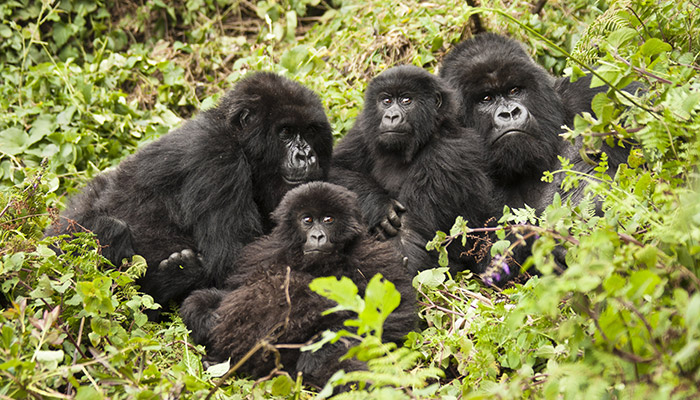
Gorillas in the Mist, Diane Fossey (Rwanda)
More so a testament to the famous wild inhabitants of Rwanda than to the nation itself, Diane Fossey’s Gorillas in the Mist is a memoir chronicling her 25 years spent amongst the gorilla population in Rwanda. The book derives from Fossey’s unparalleled research into the local mountain gorilla community and how it sparked her spirited anti-poaching stance. Her work in preventing poaching in Rwanda would eventually lead to her brutal and mysterious death.
A narrative about the family that she studied, the book is a fascinating look at the workings of the gorillas’ social lives and the undeniable parallels between them and our own species. The story chronicles both moments of gleeful joy and desperate sadness, with each moment adding layers to the creatures’ individual personalities. Reading Fossey’s story is sure to inspire a yearning to visit these fascinating relatives of ours, observing them interacting with one another in their natural habitat.
Asia
Shantaram, Gregory David Roberts (India)
Gregory David Roberts’ true story of life in the slums of Mumbai, India, is a fascinating adventure in a world completely foreign to his own. Having escaped from prison in his native Australia, Roberts finds himself in the thick of the slum community, bombarded with the alien culture that makes India such a remarkable country. Adopting the local ways of life as his own, he embarks on a journey of grand adventure and self discovery.
Extremely popular amongst the travelling community, both those venturing to India and those with a penchant for all things travel, the book is an inspirational tale of true exploration in a foreign land. Roberts’ story can appear overzealous at times, but his descriptions of India and the people that call it home brings the country to life. Shantaram is a story that will inspire a yearning for genuine adventure and immersion into a new culture in all who read it.
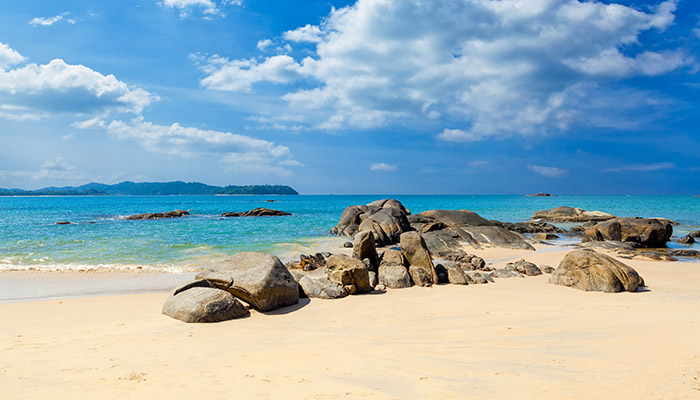
The Beach, Alex Garland (Thailand)
There is much irony in the fact that Alex Garland’s cult classic has become a literary staple for those passionate about travel. The novel follows Richard, a backpacker from the UK who discovers a secluded and seemingly utopian society of travellers on an undiscovered beach during his travels to Thailand. As the group faces internal conflict and a false veil is slowly peeled back to reveal its ugly underbelly, the beach loses its mysterious allure and paradise spirals into chaos in a Lord of the Flies style twist of events.
Garland’s novel is in fact a criticism of the increasingly superficial nature of Thailand’s tourism industry at the time of writing, but his tale of discovering a hidden slice of paradise has inspired travellers for years. Garland’s writing transports the reader to white sand, jungle fringed, turquoise watered beaches that exist only in dreams. The notion of escaping the mundanity of everyday life and discovering a place of pure paradise is a thought that is sure to appeal to all who are craving the thrill of dropping it all and exploring all corners of our planet.
A Dragon Apparent, Norman Lewis (Indochina)
Norman Lewis’ A Dragon Apparent gives fascinating insight into a vitally important era of history in what was French Indochina. Telling the story of his travels through modern day Laos, Vietnam and Cambodia, Lewis portrays a region of Asia in a period of great change prior to the devastating effects of the Vietnam War. His story brilliantly explores the intricacies of these countries and their people, which have made them such a desirable destination in recent decades.
Lewis meets a region and its peoples, from kings and emperors to farmers and guerrilla fighters, in turn presenting the wide scope of Southeast Asian society from the viewpoint of an outsider. There is an ominous feeling resonating throughout the book due to the upcoming devastation that the reader knows is lying around the corner. However, the author’s detailed accounts of the region and its people are sure to inspire feelings of wanderlust as he takes the reader on a journey through a region rife with historical and cultural significance.
Europe
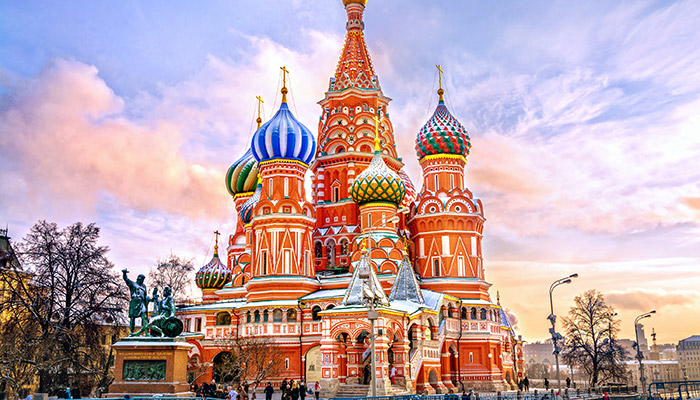
War and Peace, Leo Tolstoy (Russia)
A true tour de force and one of the more substantial novels to ever have existed, Tolstoy’s masterpiece of Russian literature is as spectacular as it is sizeable. Following the lives of a number of aristocratic Russian families during the 19th century, Tolstoy creates a perfectly intertwined collection of narratives that depict the nation at its most regal and glamorous. From grandiose ballroom celebrations to the gritty conflict on the frontline of the war, this epic is deemed one of the best fictional portrayals of Russian history that can still be experienced to this day.
Whilst War and Peace may seem a daunting read – spanning over 1000 pages in total – the intricate artistic detail of Tolstoy’s writing makes it all the more worth reading. The depth of each and every character and their interactions both with each other and their lavish environment brings this fascinating period of history to life. Many of Moscow and St Petersburg’s iconic buildings mentioned in the novel still stand along their historic streets and canals, bringing one of Russia’s most famous stories alive in the current day.
Neither Here Nor There, Bill Bryson (Europe)
The story of Bill Bryson’s travels across Europe in 1990, beginning in Norway and slowly making his way through the likes of Italy, Switzerland and Bulgaria before finishing in Turkey. Amongst his experiences between the two are robberies in Italy, avoiding ordering tripe in Germany and browsing the continent’s red light districts. As with all of his travel stories, Bryson’s book is full of laugh out loud humour as he humorously dissects the quirks and characteristics of the multiple cultures that he encounters.
The lighthearted writing of Bryson makes this book an easy read whose upbeat tones are sure to lift your spirits and have readers dreaming of observing the Northern Lights in Norway or wandering the quaint alleyways of central Paris. A wonderful antithesis to the likes of dense Russian literature or sombre tales of Europe at war, Bryson’s tongue in cheek novel will keep your spirits high as it inspires the traveller inside you.
North Africa and the Middle East
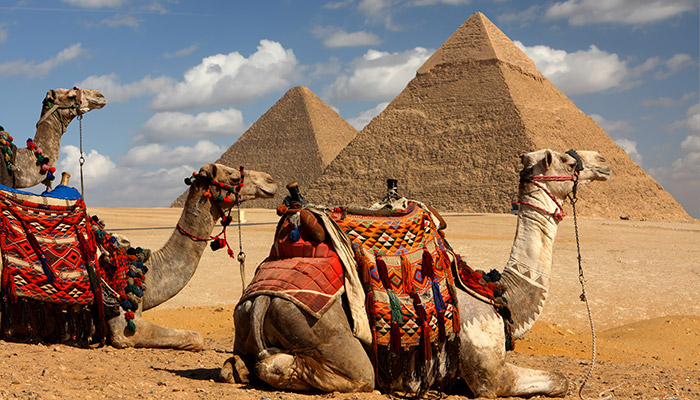
The Alchemist, Paulo Coelho (North Africa / Egypt)
Whilst the book is not set entirely within Egypt it is the very driving force behind the journey of Santiago, the novel’s protagonist. A humble shepherd boy living in the Andalusian region of Spain, Santiago has a recurring dream which he believes to be a prophetic insinuation that he will discover treasure underneath the Egyptian pyramids. An eloquently written piece that sees Santiago face some of the greater questions in life, its primary focus is on his journey, both metaphorical and literal.
More of a tale to appreciate for the questions it poses rather than the physical locations in which it is set, the beauty of The Alchemist lies in its characters and their interactions with each other. However, Coelho does portray the Mediterranean and North Africa in a beautiful light, adding another layer of wonder to the tale. Following Santiago on his quest sees him encounter kings, tribesmen and his one true love, as he discovers the workings of his very soul.
Arabian Sands, Sir Wilfred Thesiger (The Middle East)
A tale of pioneering exploration in the face of genuine danger, Arabian Sands is Sir Wilfred Thesiger’s true story of his five years spent in the deserts of the Middle East. One of the greatest explorers of his time, Thesiger visited regions that had never before been seen by westerners. Battling sweltering heat and at times unbearable thirst and hunger to reach his goal, Thesiger sheds light on the formerly undiscovered nomadic tribes that have thrived in such lands for millennia.
The author’s journey through the seemingly inhospitable land amongst those who call it home pays homage to their incredible way of life. Amongst the people with whom he integrates are the Bedouin, a community still living in the deserts of Jordan to this day. The story of his life in the sands portrays the spectacular environment of the Middle East in great detail but the true beauty comes from those who are only too happy to show him a way of life that is foreign to the vast majority of the planet. Published in 1959, the legendary hospitality referred to by Thesiger is something that is still experienced in the modern day.
Antarctica

South, Sir Ernest Shackleton (Antarctica)
South is a first hand account of the incredible true story of Sir Ernest Shackleton’s journey to Antarctica during the Heroic Age of Antarctic Exploration. With the original intention of crossing the frozen continent, Shackleton and his men had to abandon their ship and endure the hardships of Antarctica for over 2 years. The crew, made up of 28 men, was eventually rescued thanks to the valiant efforts of Shackleton in what is considered one of the greatest examples of great leadership in the history of mankind.
Beyond the incredibly inspiring story of endurance and survival, the book goes into intricate detail about Antarctica – the final frontier in an age of epic expeditions to every corner of the globe. His descriptions perfectly encapsulate the serene white expanse that he deems as dangerous as it is beautiful. To this day, Antarctica remains largely unexplored, making its frozen landscape almost totally unspoiled by human influence. Given his three expeditions to the planet’s southernmost continent, not many can claim to know the southern ends of the earth quite like Shackleton and this relationship with Antarctica shows through in South.
Visit Tucan Travel to start planning your next adventure.
Spread the love



